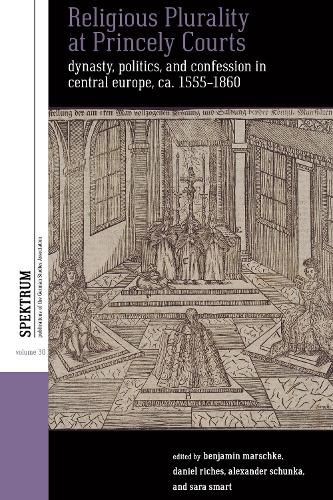Readings Newsletter
Become a Readings Member to make your shopping experience even easier.
Sign in or sign up for free!
You’re not far away from qualifying for FREE standard shipping within Australia
You’ve qualified for FREE standard shipping within Australia
The cart is loading…






Early modern European monarchies legitimized their rule through dynasty and religion, and ideally the divine right of the ruler corresponded with the confession of the territory. It has thus been assumed that at princely courts only a single confession was present. However, the reality of the confessional circumstances at court commonly involved more than one faith. Religious Plurality at Princely Courts explores the reverberations of biconfessional or multiconfessional intra-Christian situations at courts on dynastic, symbolic, diplomatic, artistic, and theological levels, exploring interreligious dialogue, religious change, and confessional blending. Incorporating perspectives across European studies such as domestic and international politics, dynastic strategies, the history of ideas, women's and gender history, as well as visual and material culture, the contributions to this volume highlight the dynamics and implications of religious plurality at court.
$9.00 standard shipping within Australia
FREE standard shipping within Australia for orders over $100.00
Express & International shipping calculated at checkout
Early modern European monarchies legitimized their rule through dynasty and religion, and ideally the divine right of the ruler corresponded with the confession of the territory. It has thus been assumed that at princely courts only a single confession was present. However, the reality of the confessional circumstances at court commonly involved more than one faith. Religious Plurality at Princely Courts explores the reverberations of biconfessional or multiconfessional intra-Christian situations at courts on dynastic, symbolic, diplomatic, artistic, and theological levels, exploring interreligious dialogue, religious change, and confessional blending. Incorporating perspectives across European studies such as domestic and international politics, dynastic strategies, the history of ideas, women's and gender history, as well as visual and material culture, the contributions to this volume highlight the dynamics and implications of religious plurality at court.